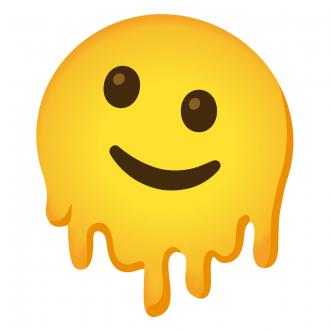Remove 3 letters from this seq...
Remove 3 letters from this sequence (ATZTIADCKS) to reveal a familiar English word.Correct answers: 61
The first user who solved this task is Manguexa Wagle.
#brainteasers #wordpuzzles

Cutting Class
"Jill," a teacher reprimanded the teenager in the hall, "do you mind telling me whose class you're cutting this time?"
"Like," the young teen replied, "uh, see, okay, like it's like, I really don't like, think like, that's really important, y'know, like because I'm, y'know, like I don't get anything out of it."
"It's Mrs. Dull's English class, isn't it?" replied the smiling teacher.

